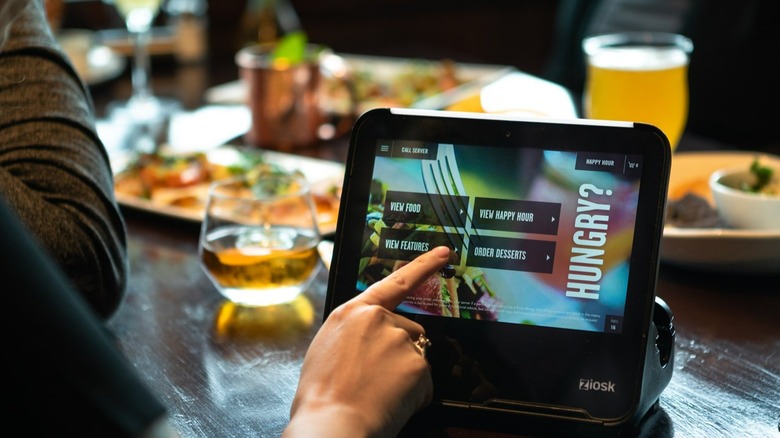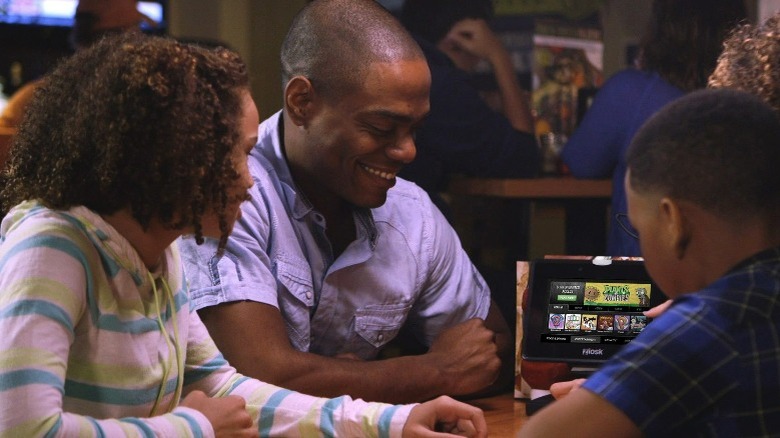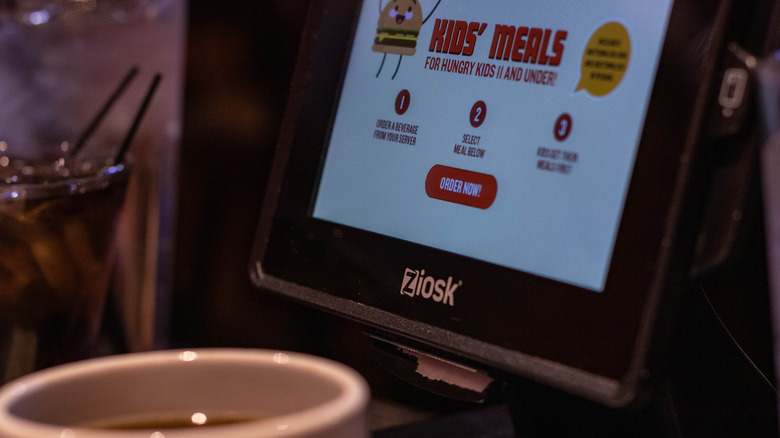How Restaurant Ziosk Tablets Got Their Start
If you've been to a chain restaurant like Olive Garden or Applebee's, you may notice at your table what seems to be a small, bulky tablet. As you wait for your food, you may notice the different apps and features that come up onscreen: advertisements for trivia games, mobile game ports, varying pictures of desserts, and a reminder that you could order your food. While you may not pay any special thought to it, this device is known as a "Ziosk" and is a common sight at many booths and tables in restaurants across the nation.
To say that Ziosk is popular in the restaurant industry would be an understatement. The Patriot Ledger tells us that the company reportedly had 75,000 tablets installed in 1,350 restaurants across 50 states in 2015 alone, demonstrating a growing shift towards adopting innovative technology-based business practices in the restaurant industry. In fact, the recent changes to restaurant operations due to the response to COVID-19 were a boon for Ziosk and other service-focused technologies. As Digital Transactions reported in 2020, Ziosk was able to assist restaurants struggling with closed dining rooms and a lack of human-to-human transactions by providing them with contactless payment devices and QR code-centered technology.
But what is the main appeal of Ziosk devices anyway? And how did it start?
The idea for Ziosk began as an MBA class project
While Ziosk's story may sound like it began in a corporate boardroom of a restaurant, it actually started as a sort of thought experiment in a classroom at Southern Methodist University in Texas.
As D Magazine explains, in 2007, adjunct MBA professor Jack Baum offered an idea inspired by his son Nathan to one of his classes: a type of "pay-and-go" system that would allow customers to pay for their products without having to wait for an employee. Three students in Baum's class took this idea of a pay-and-go system and refined it into a device where customers could not only pay their bills but order food and play games on it as well.
Despite starting out as only a group project, Ziosk quickly found itself becoming an integral part of restaurant culture. In 2013, the restaurant chain Chili's was reported as having plans to install Ziosk tablets at every location, via Forbes, demonstrating the attractiveness of such a simple yet ingenious device to an industry combining customer experience and technology.
Ziosks may have a subliminal side-effect to them
According to Eater, the tablet on your tablet actually helps "encourage" you to buy more food by showing you tantalizing images of desserts and appetizers. For example, dessert sales at Outback Steakhouse suddenly jumped once tablets were installed at tables, presumably a combination of the removal of any awkwardness between the customer and server and the images of chocolate cake or donuts being flashed on screen every few minutes, per Eater.
Reuters adds that a businessman in Las Vegas who was planning to spend $40 at a restaurant was so enticed by the vivid and tempting images of foods being shown to him on the electronic menu that he spent four times the amount he had originally set. The use of electronic media to influence you is very similar to how commercials for restaurants subtly influence you into craving their products, via Psychology Today.


